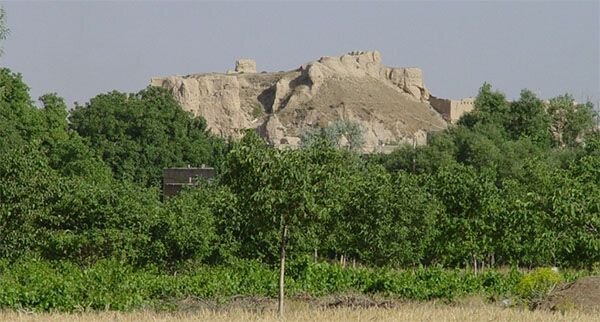New plan to save site of the first millennium BC

TEHRAN – A demarcation project has been commenced on the ancient hill of Qaleh Bolandeh, which its antiquity is estimated to date back to the first millennium BC. The site is situated in the small village of Aznav near Malayer.
The project aims at preventing further destruction and damage to the site as well as eliminating threats of land-grabbing, illegal construction, or unauthorized excavations, according to Malayer’s tourism chief.
However, there are some residential buildings around the historical site, which need to be taken into account, Ebrahim Jalili announced on Saturday.
Archeological excavations and surveys are scheduled to be conducted on the ancient hill after the completion of the demarcation project, the official added.
The ancient hill of Qaleh Bolandeh is planned to be inscribed on the National Heritage list in near future, he explained.
Located in Hamedan province, the hill is estimated to date back to the 1st millennium BC, however, there are remnants of artifacts from the Middle Ages to the Islamic eras.
Over 340 historical sites and monuments have been identified across Malayer, of which about 200 properties have been inscribed on the National Heritage list.
The ancient city is named a global hub for woodcarving and carved-wood furniture by the World Crafts Council - Asia Pacific Region (WCC-APR).
Malayer is home to over 4,000 furniture workshops in which more than 8,000 wood masters and some 25,000 crafters are engaged.
Although the art had been practiced in Malayer for a long time ago, it is about a half-century that it has gained prosperity in the region.
Currently, more than 60 percent of the furniture and woodcarving products in Iran are reportedly produced in Malayer and they are sent to various Iranian cities or being exported to Central Asian countries, Persian Gulf littoral states, Turkey, and Iraq amongst some others.
Known in classical times as Ecbatana, Hamedan was one of the ancient world’s greatest cities. Pitifully little remains from antiquity, but significant parts of the city center are given over to excavations, and there’s a scattering of historical curiosities.
ABU/AFM
Leave a Comment